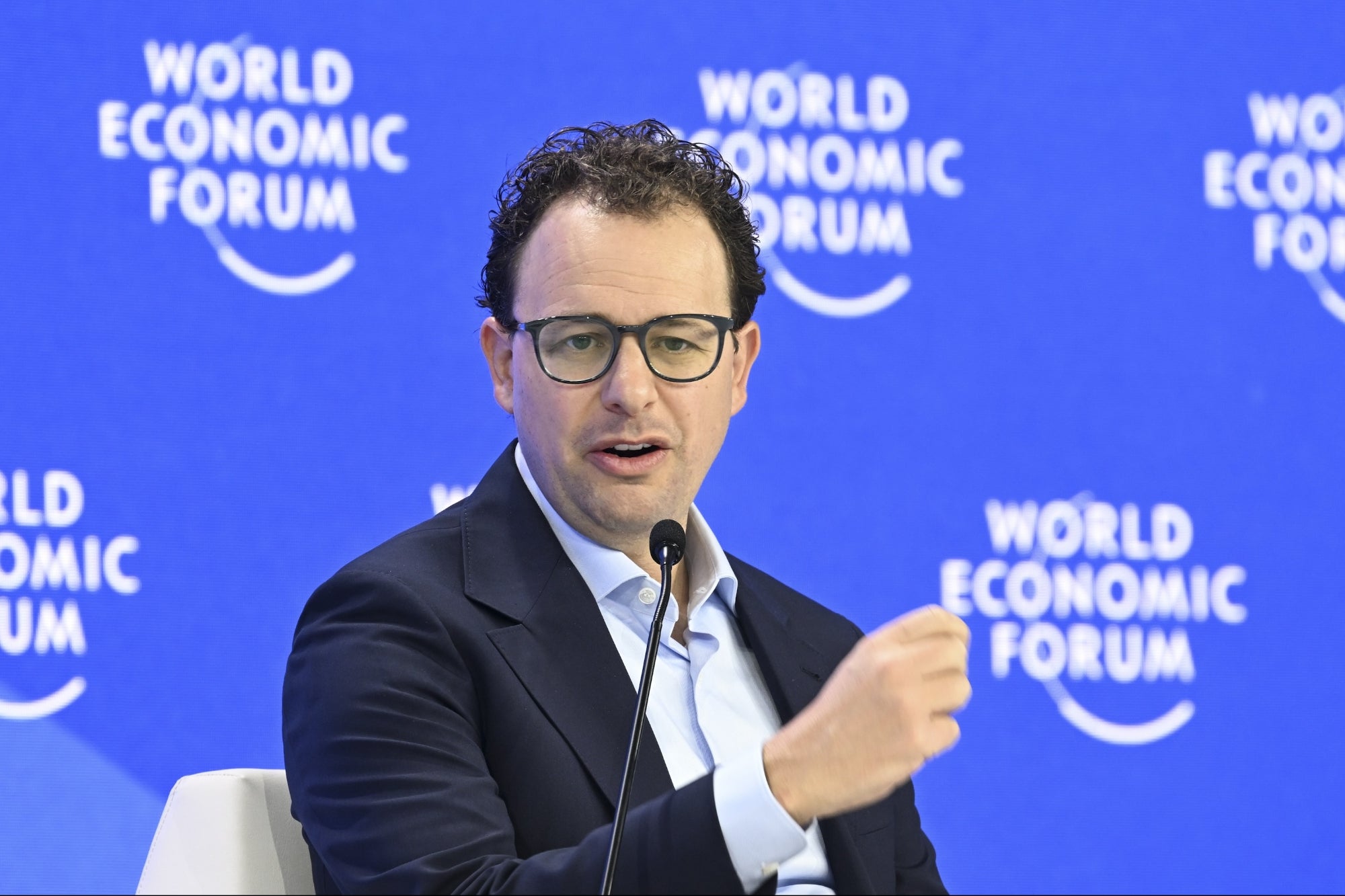13 Steps to Effective Emails That Don't Suck Before you hit 'send,' check this list and make sure its a letter customers will want to open.
By Ann Handley
Opinions expressed by BIZ Experiences contributors are their own.
Three things that make an BIZ Experiences anxious: one, managing cash flow; two, finding the right partners/hiring the right team; and three, pressing the "send" button on an email campaign.
On the surface, email seems straightforward, not least because the people on your list have asked to receive your messages. (You are using an opt-in list, right? I hope so.) That's an advantage: You have the privilege of interacting with a person by invitation, in the relatively intimate setting of the recipient's inbox. All you need to do is create a compelling message, and boom—you're done.
But email is the Rube Goldberg machine of online marketing: There are multiple moving parts in what has become a complicated process. Get one wrong, and you might jam up the whole apparatus. Here's a checklist to follow to make sure your email machine performs flawlessly.
1. Spend as much time on the subject line as on the body of the email …
The subject line is to the email what the headline is to an article or blog post. The most compelling prose or the most enticing offer in the galaxy isn't going to do you a smidge of good if no one opens the email. The few words in the subject line are the most important words in the message, so they deserve extra love.
"The best subject lines use a mix of clear value to the recipient—concise language that's not too dull or too clever, and an impetus to act," says Hunter Boyle, senior business development manager for AWeber, an email marketing software company in Chalfont, Pa. "Picture your busy reader saying "So what?' while skimming a full inbox," he adds. "What can you say that grabs their interest in mere seconds?"
It helps to think of a specific problem that your offer or email resolves, then craft the subject line around that. For example, a message about a business coaching service might tap into the frustration mid-career people feel in their jobs. So your subject line might tease "5 signals you've dead-ended at your career" or "carve a new path while keeping your day job."
The key to any good content, in a subject line or elsewhere, is this: Make it specific enough to be relevant, but universal enough to be relatable.
2. … but keep it brief.
Emails with subject lines of six to 10 words have the highest open rates, yet most of those sent by marketers have subject lines of 11 to 15 words, according to a report from Santa Monica, Calif.-based Retention Science that analyzed 260 million delivered emails and 540 campaigns.
"All of us need to challenge ourselves to be brief and pack more power into fewer words," Boyle says. "That's why Twitter and blog-post headlines can be a great way to pretest subject-line verbiage."
3. Make it smartphone-friendly.
Don't do anything that might render in a strange way on a small screen. The key here is that whatever email provider you use should rely on responsive design.
4. Use subheadlines.
The seven to 10 words in a preview pane at the top of an HTML email are what the recipient will likely see first. Make sure you tailor the language of this subhead to expand on the subject line or explain it a bit further. Many of us squander this valuable spot by using template messaging such as "Having trouble reading this? View as webpage."
"Don't waste this space!" Boyle says. "Think of it like a meta description tag in search-engine results, and use copy here to support your compelling subject line."
5. Be a real person.
Write with a point of view—from an actual person to an actual person. I don't mean this literally: The "from" line might still be your company's name, but the content should feel as if it comes from a human being, speaking in the first person (using "I" or "we" and addressing the recipient as "you"), with natural-sounding language.
6. Specify a call to action.
Make it as specific as you can—and say it twice within the email body. So instead of a generic "Get in touch," try "Get a free 15-minute consult" or "Grab your own copy."
I like how Joanna Wiebe of Victoria, British Columbia-based Copy Hackers described this approach during the Authority Intensive event last year in Denver: "Don't amplify the act of proceeding, amplify the value of it. Not "Start free trial' but "End scheduling hassles.'"
7. Use compelling images …
Avoid boring, impersonal stock images in favor of unique ones that don't look like they could appear anywhere else—including a competitor's newsletter. Sources for stock images that don't suck include Mountain View, Calif.-based Creative Commons, a nonprofit organization that enables digital sharing through free (and legal!) tools. Its search function is like the Costco of photos, with content from numerous free sources—including Flickr, Google Images and Pixabay—all in one place.
Other image sources: Compfight, Dreamstime, Photo Pin, freeimages, Public Domain Pictures, Fotolia, Ancestry Images (old and antique prints, maps and portraits) and morgueFile (gratis if you give credit to the photographer).
In all cases, make sure you read the fine print, because there are some restrictions on commercial use.
8. … or use animated images or a thumbnail/video link.
If a picture is worth a thousand words, animated images or videos are even more valuable. You can embed a static thumbnail video image in an email that links to a video on a landing page, or you could create an animated GIF and embed it directly into the email.
Various tools allow you to create GIFs—GIFMaker.me, MakeAGIF.com—while GifDeck allows you to turn a SlideShare into a cool, embeddable GIF that's more compelling than a static image.
9. Include a P.S.
A postscript after the main body can restate an offer, create a sense of urgency or add a bonus. Additionally, a P.S. is a chance to underscore your human, personal approach.
"There's a reason we still see these in personal emails, sales emails and even direct mail—they still work," Boyle says. "Since the P.S. is the end of the line, use it as a call to action that supports your primary offer rather than introducing an entirely new one. This way, people who skim and scroll right to the bottom still know what the big deal is—and they can act on it."
10. Include feedback and forward mechanisms.
Give your subscribers a way to share the email as well as get in touch—via share, forward-to-a-friend, blog comments or simple reply.
11. Grade your email copy to be sure you aren't talking above your audience.
Some email providers include a grading or an assessment option. You could also use a service such as The Readability Test Tool (read-able.com), an alternative to the Flesch-Kincaid tool that's built into Microsoft Word, which provides document-readability statistics, such as the grade level at which it's written and how many passive sentences it contains.
12. Verify your links.
Click them to be sure they work and go where you want them to.
13. Before pulling the trigger, send the email to yourself.
The marketing cliché "Always be testing" isn't just for conversion optimization—"it's a must for your email process," Boyle says. "We all make mistakes, but having an experienced set of eyes proofreading every send makes a huge difference. Minimizing typos and, even worse, those dreaded "oops' emails, builds confidence in your brand, so make the time!"










